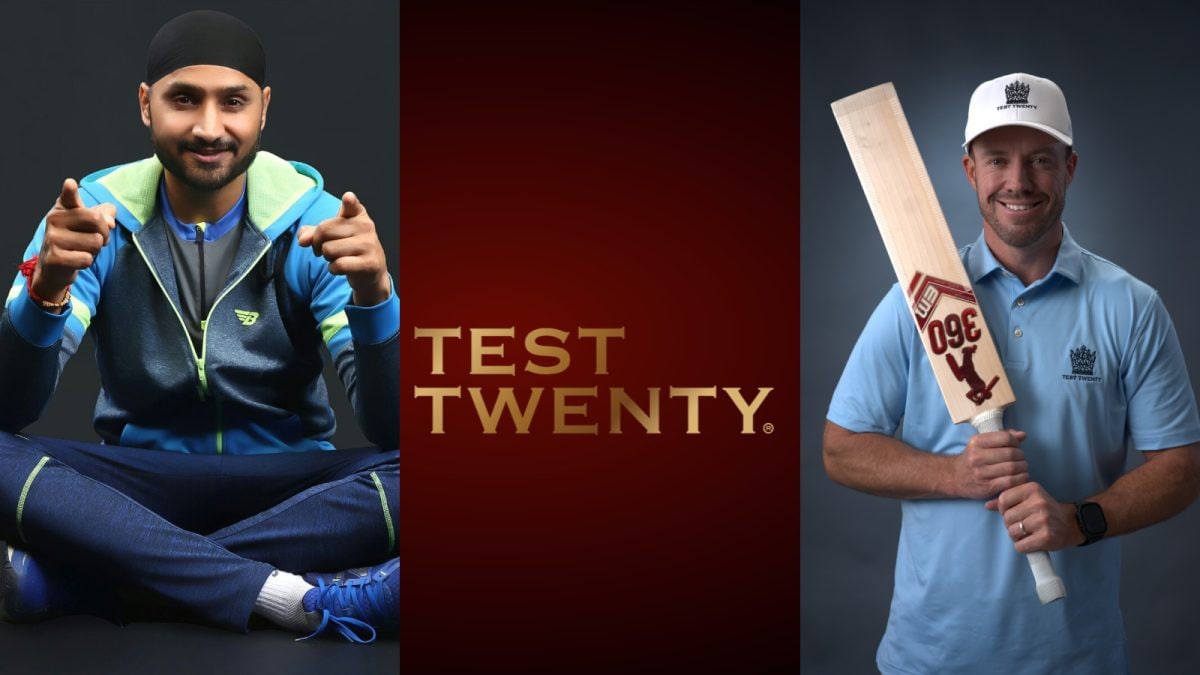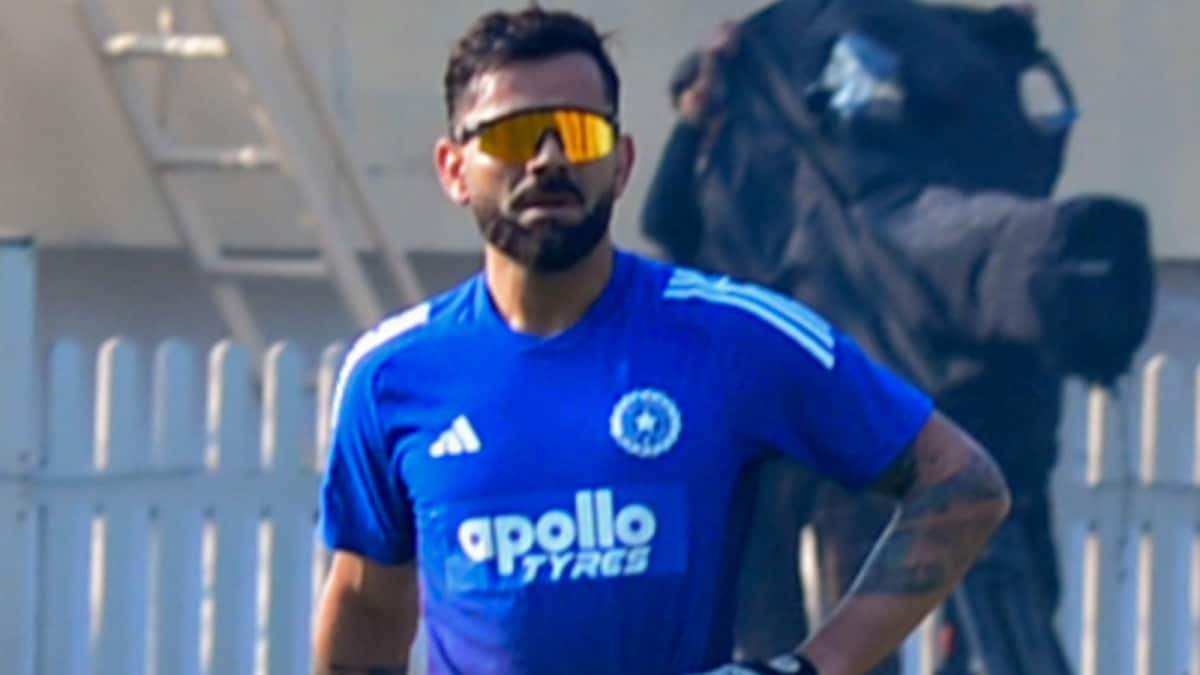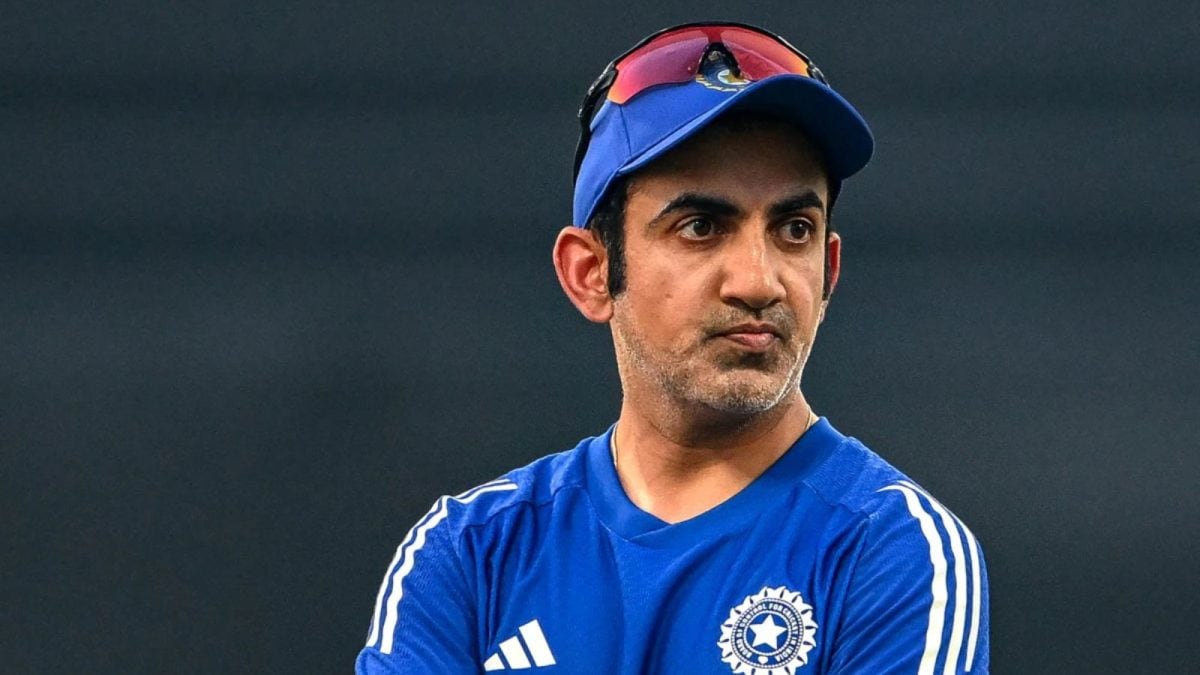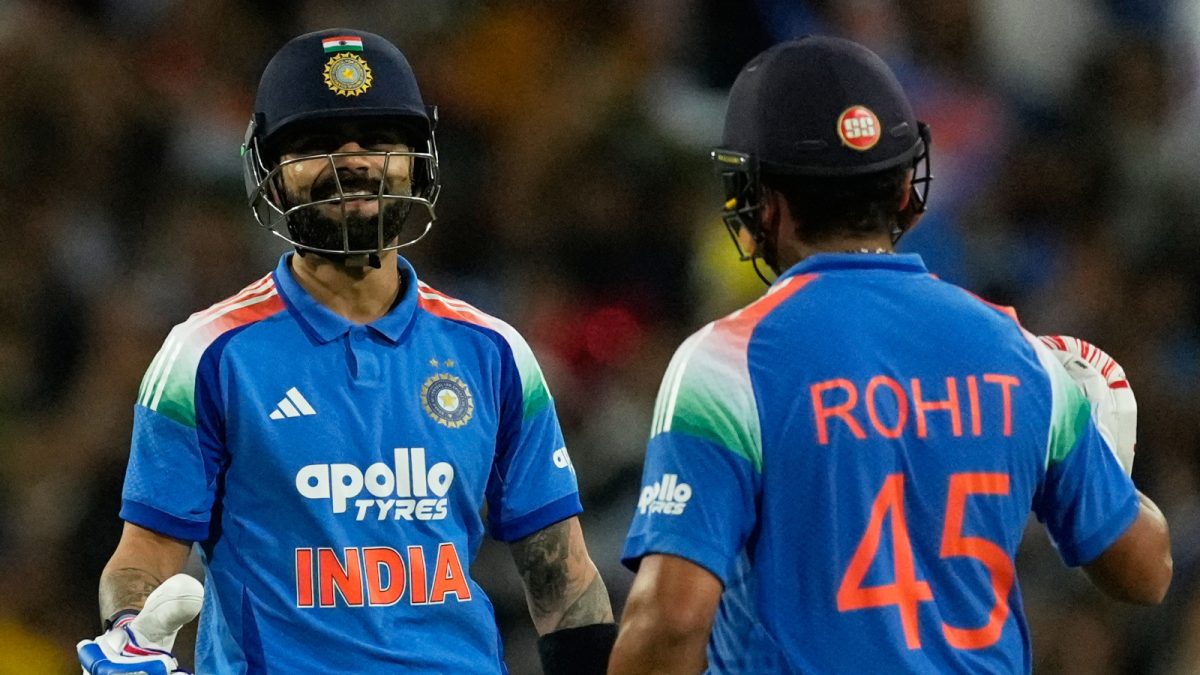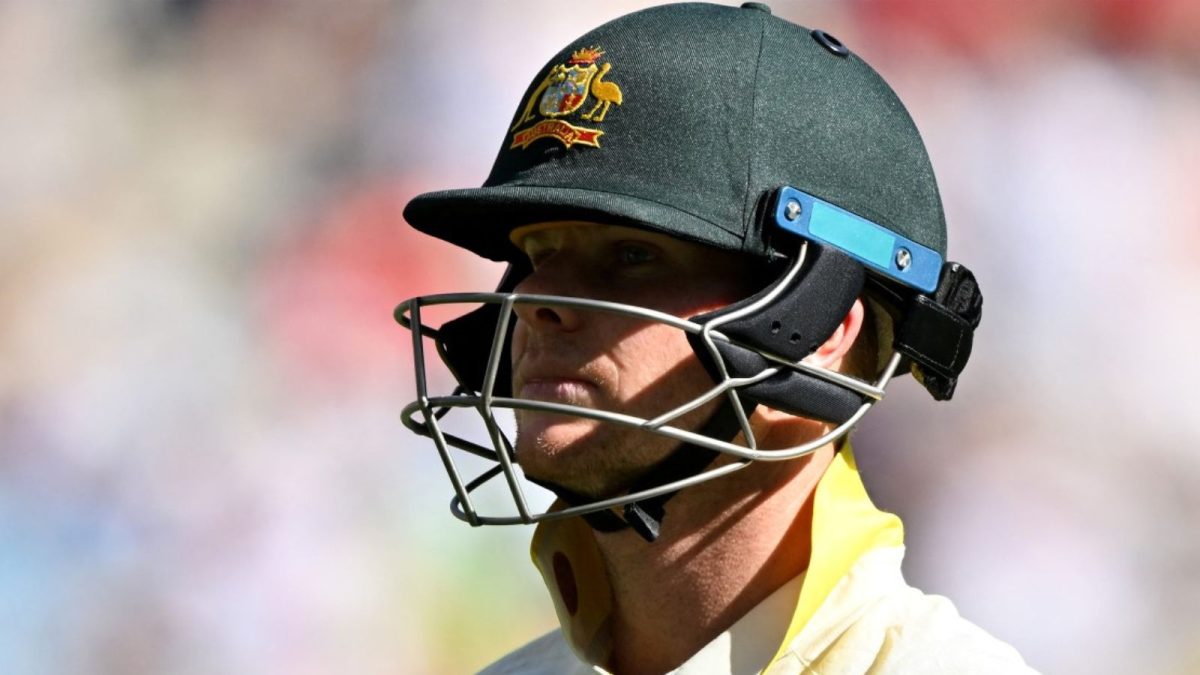Last Updated:
Test Twenty, a new cricket format aims to blend the unique qualities of Test and T20 hoping to attract the next generation of cricketers.

Harbhajan Singh (left) and AB de Villiers (right)
Cricket continues to evolve, and its latest stop is a new format that seeks to combine the depth of Test with the energy of T20, hoping to attract the next generation of players and fans. Sports entrepreneur Gaurav Bahirvani, Executive Chairman of the One One Six Network and Architect of the Fourth Format, officially unveiled Test Twenty – a new format that reimagines the future of world cricket and sets the stage for its most ambitious reinvention yet.
Some of the sport’s most influential figures – AB de Villiers, Sir Clive Lloyd, Matthew Hayden, and Harbhajan Singh – are part of the Test Twenty Advisory Board.
Widely regarded as one of the most inventive players in modern cricket, de Villiers sees the Fourth Format as the natural next step in the game’s evolution – modern, meaningful, and purpose-driven.
“Test Twenty is innovation with intent – it honours the traditions of the game while embracing the possibilities of the future. It gives young players a new dream to chase and fans a new story to follow,” De Villiers said in a statement.
For Lloyd, Test Twenty is a revival of the game’s lost artistry – a format that honours its past while embracing a smarter, faster tomorrow. “Having lived through every era of cricket, I can say this – the game has always adapted, but never this thoughtfully. Test Twenty brings back the art and rhythm of the sport, yet keeps it alive with modern energy,” said Lloyd, the first-ever World Cup winning captain.
Hayden considers Test Twenty as a movement built not only on competition, but on education, mentorship, and character. “As a player and a parent, I see this as cricket’s bridge between eras – a format that carries the wisdom of the old world into the fire of the new. For young players, this is a chance to grow not just as athletes, but as people,” said Hayden.
India legend Harbhajan said, “Cricket needed a fresh heartbeat – something that connects today’s youth with the game’s original spirit. Test Twenty does exactly that”.
What Is The Format Of Test Twenty?
Test Twenty is a format played over 80 overs, featuring two innings of 20 overs per side, with scores carried forward across innings. Each team bats twice, just like in a Test match, reviving the art of building a game while keeping play concise, dynamic, and broadcast-friendly.
The rules of both Test and T20 cricket apply, with a few refined adjustments to suit the new format.
Matches can conclude in a win, loss, tie, or draw, ensuring that every contest retains the full spectrum of cricket’s drama and unpredictability.
A New Generation
Test Twenty is a youth-first format, opening the doors of opportunity to young cricketers aged 13 to 1. Players are assessed purely on skill, data, and merit through a multi-tiered, analytics-based selection process, leading to an elite auction pool for franchise selection.
Those who don’t make it remain within the Test Twenty ecosystem, gaining access to training, mentorship, and resources to return stronger each season.
From the second season, the movement expands further to include women cricketers, ensuring inclusivity and equality at the heart of cricket’s next era.
“What NCAA has done for basketball in the U.S, we are creating the NCAA-equivalent for global cricket,” Bahirvani remarked. “We’re constructing a connected talent ecosystem – a global feeder line – that gives every young player regardless of gender, background, or geography, an equal path to recognition and growth.”
A New Technology
At its core, Test Twenty is powered by a proprietary AI Discovery Engine – an advanced system combining machine learning and video analytics, along with cutting-edge motion-sensor technologies for the bat and ball and data science to evaluate skill and potential with precision.
Test Twenty’s key differentiator – its “three-tiered selection model” which blends machine intelligence and expert review, removing human bias and allowing the fairest measure of ability to emerge.
Through Tech-Transfer Partnerships (TTPs), this innovation can be shared with cricket associations and boards worldwide, empowering coaches and academies with verified performance data and developmental insights.
“Our aim is to extend technology and complement the global effort to discover talent, not compete with any cricketing institution,” Bahirvani emphasised. “We hold deep respect for the work of state associations, counties, and national boards across the world; and, above all, for the ICC. Test Twenty® will always remain an ally helping expand the talent pool, serving as a development ladder that strengthens the global feeder line, and building bridges through shared data, technology, and innovation.”
A New Tournament
The first full season of Test Twenty debuts in January 2026, featuring six high-profile global franchises – three international (Dubai, London, and a U.S. city) and three Indian (franchise-choice cities).
Selection Process
The player registration process begins from 7 PM IST on 16 October 2025, with Step 1 – completing the official registration form on www.testtwenty.com.
Applicants who receive a formal recommendation from a registered cricket academy coach, a recognised cricket administrator (former or current), or a notable Indian cricketer (past or present) will be considered for the Direct Entry Route – a fast-track evaluation to the national and global talent pools. Eligibility for this route will rest solely with the Test Twenty Selection Committee.
For all other applicants, the Standard Entry Route begins with a Level 1 evaluation conducted through the AI Discovery Engine and reviewed by the Core Selection Committee. Shortlisted players from this stage will advance to City Trials at authorised Test Twenty centres across India and around the world, leading ultimately to selection for the National and World Pools totalling 1000 players.
From the National and World Pools, shortlisted players will undergo a comprehensive evaluation phase that tests not only their on-field skill but also their mental acuity, cricket intelligence, and temperament. The Test Twenty Intelligence Index™ (TTII) measures a player’s cricketing mind – their tactical awareness, decision-making, emotional control, and understanding of the game. Combining AI-driven scenario testing, match simulations and expert psychological assessment offers a 360-degree view of how a player thinks under pressure.
The top 300 players emerging from this stage will advance to the Global Auction Pool, where franchises will draft talent for the inaugural season.
Squad Composition
Each franchise will assemble a 16-player squad, comprising eight Indian and eight international players, bringing together diverse talent from across the cricketing world. In total, 96 players will be drafted during the auction, while the remaining 204 will form the Wildcard Pool – a reserve group eligible for mid-season selection opportunities, as outlined in the official rulebook.

Feroz Khan has been covering sports for over 12 years now and is currently working with Network18 as Principal Correspondent. He embarked on his journey in 2011 and has since acquired vast experience in digital…Read More
Feroz Khan has been covering sports for over 12 years now and is currently working with Network18 as Principal Correspondent. He embarked on his journey in 2011 and has since acquired vast experience in digital… Read More
October 17, 2025, 12:39 IST
Read More


